The 1527 Sack of Rome and its aftermath
The year 1527 marked a dramatic turning point for Italy with the Sack of Rome. But from the beginning of the 16th century there had been enormous political changes taking place elsewhere in Europe. While other regions of Europe were coalescing into large, powerful states, Italy remained divided into many independent city-states and principalities.


Here are two early portraits of the vigorous young Spanish and French monarchs c. 1515:
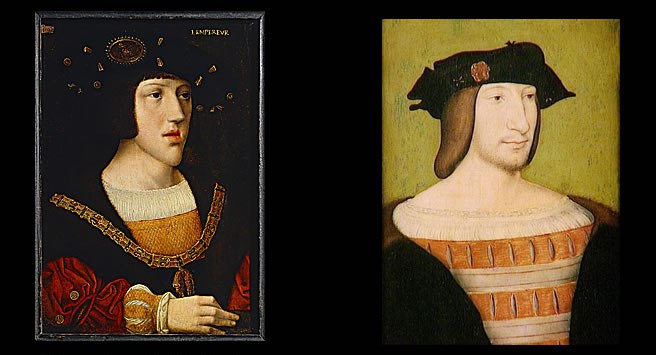
Here are portraits of these two later in life.
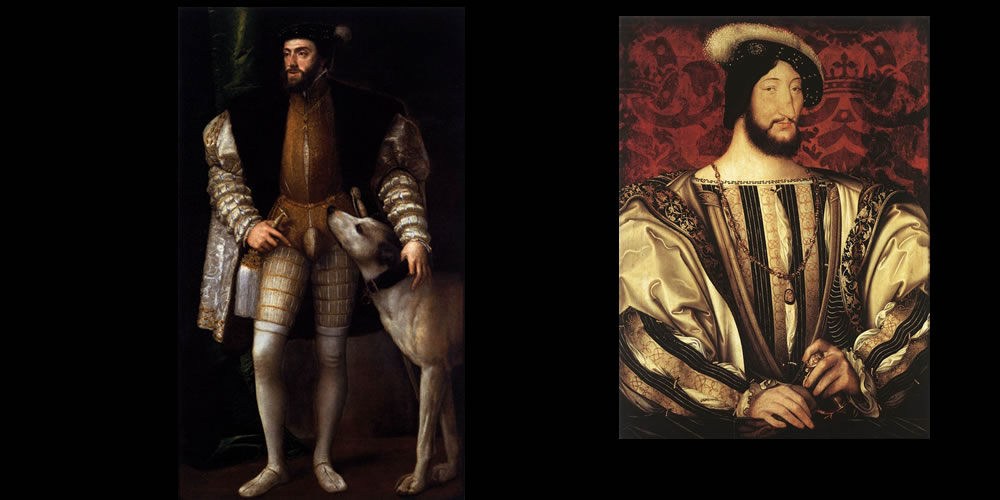
Both of these powerful rulers had designs on Italy; the fate of the peninsula in the 16th century would depend on the political relations of Spain and France with the Italian states – especially with the papacy.
Popes Leo X and Clement VII had to walk a fine line between siding with Spain or France.
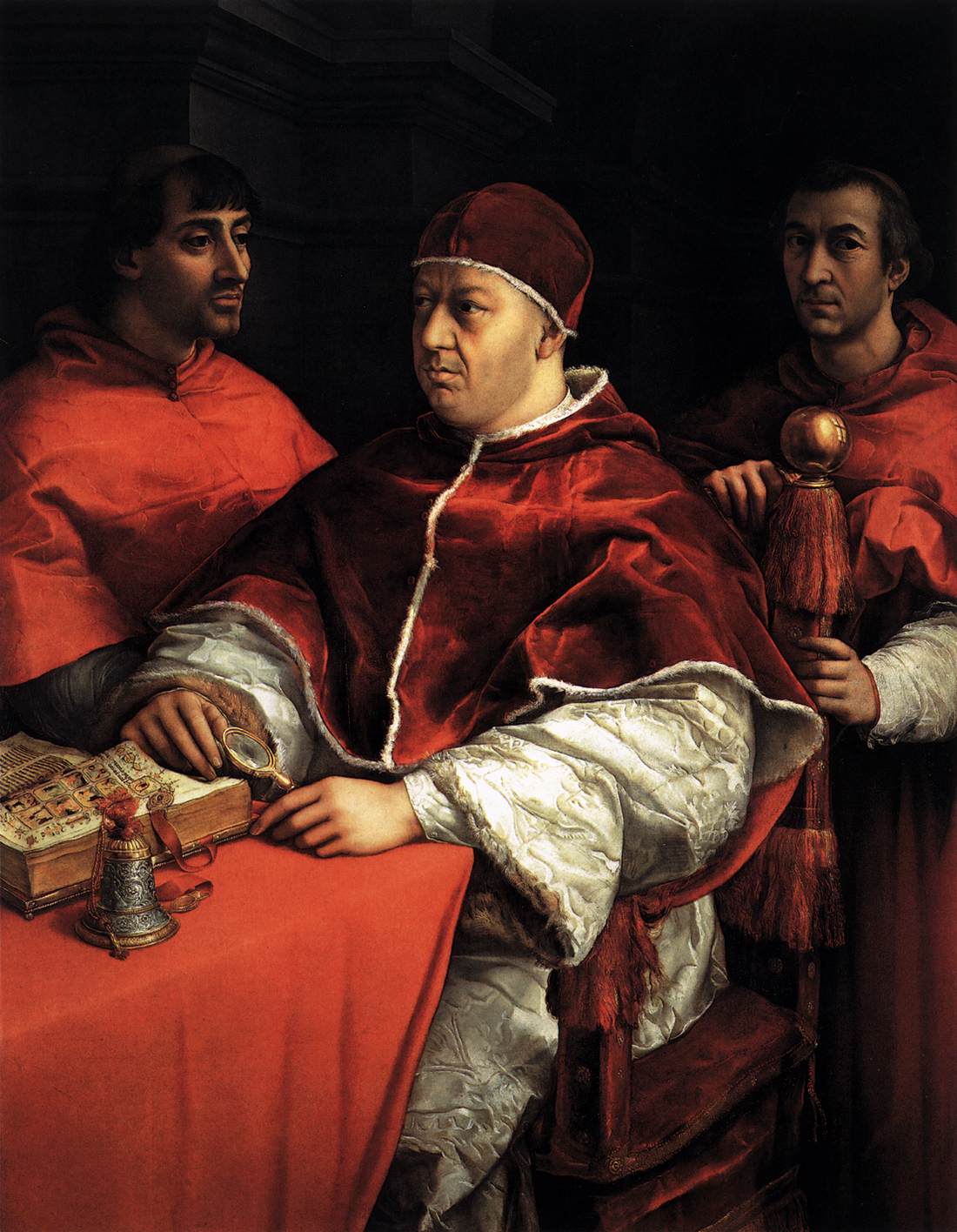
Raphael Portrait of Pope Leo X de Medici
Raphael has portrayed the pope flanked by two cardinals who are also his relatives. On the left is Giulio de’ Medici…
…who later became Pope Clement VII
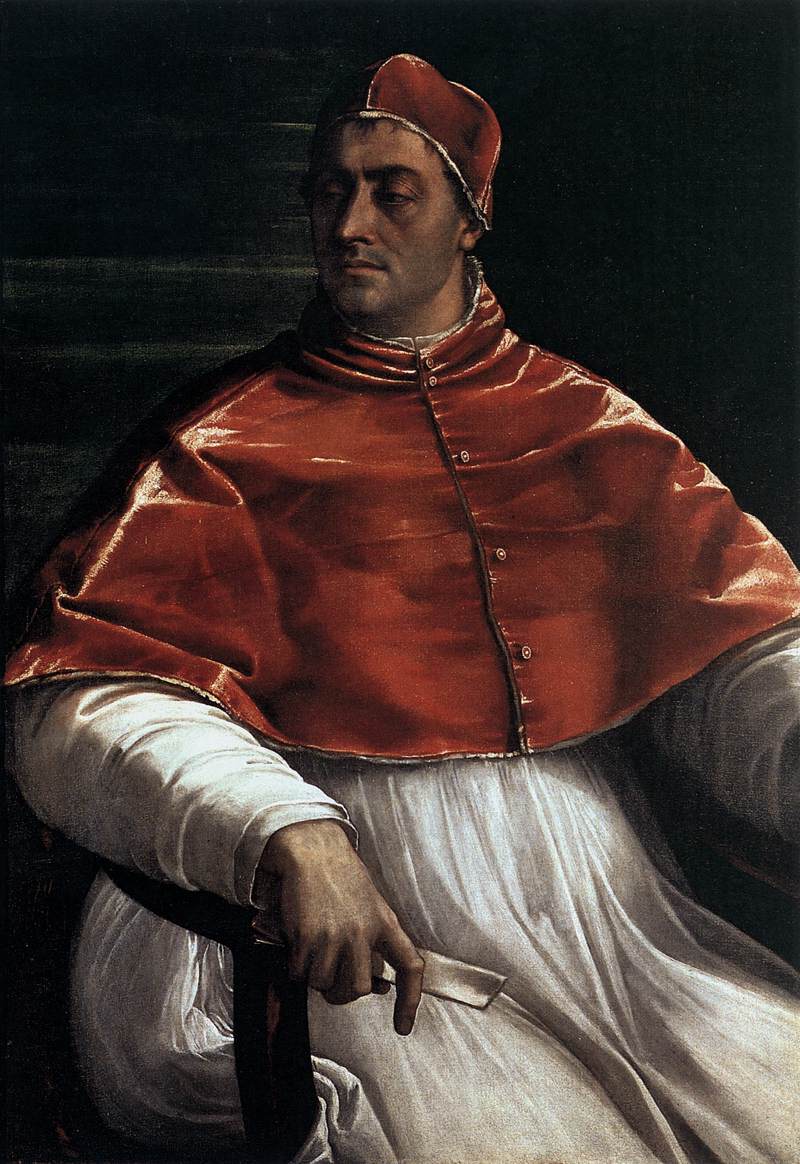
Eventually Pope Clement VII chose to side with France and when the French king was captured by the Spanish at the Battle of Pavia, Italy was again in danger of invasion, this time by imperial troops .

Charles V, who had inherited not only the crown of Spain, but also the title of Holy Roman Emperor was suddenly the most powerful man in Europe and he turned his sights on Italy.

The pope assembled forces led by general Francesco Maria della Rovere, Duke of Urbino
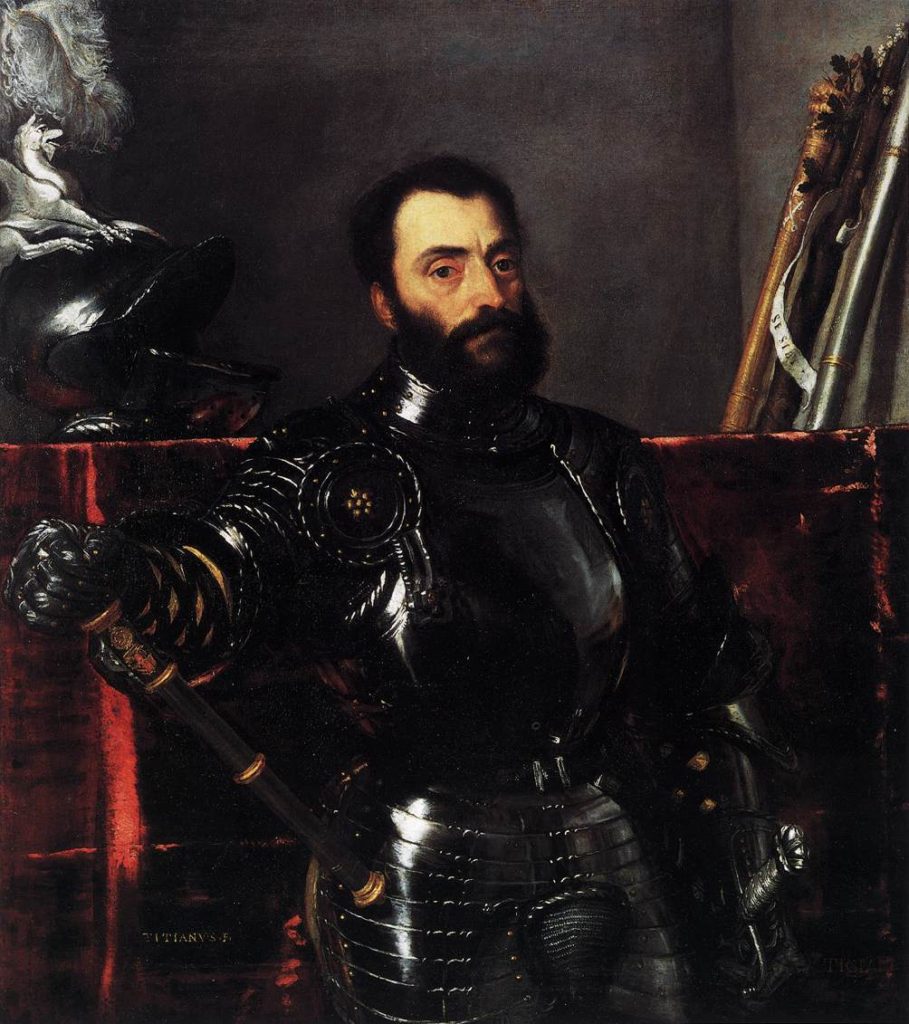
With Francesco Guicciardini as lieutenant-general of the papal troops and the condottiero Giovanni de’ Medici in command of a striking force known as the “Black Bands”
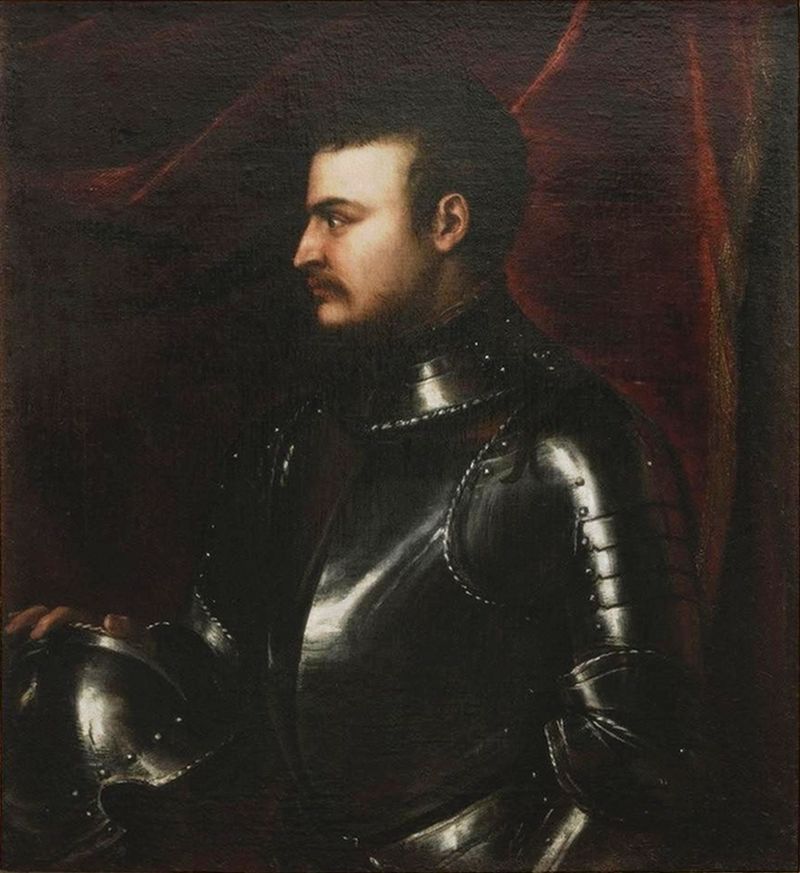
Imperial forces were comprised of multi-national mercenary soldiers led by French nobleman Charles III, Duke of Bourbon and the German military commander Georg von Frundsberg


Frundsberg commanded 14,000 pikesmen known as Landsknechts
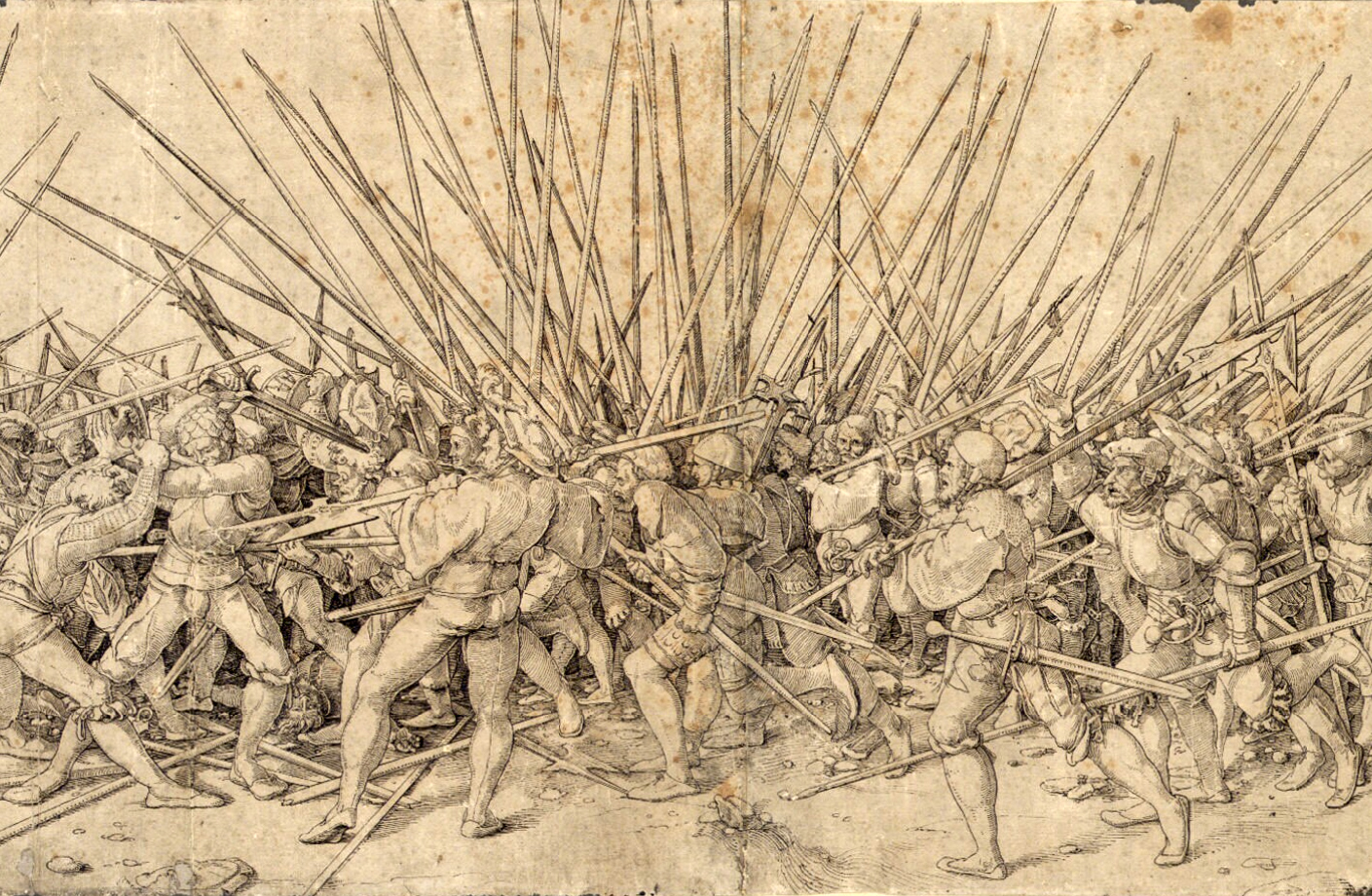
Papal troops were able to hold the invaders off for a time, but Federico II Gonzaga Marquess of Mantua provided imperial troops with supplies and safe passage though his territory, while Alfonso d’Este, Duke of Ferrara supplied the enemy with artillery.
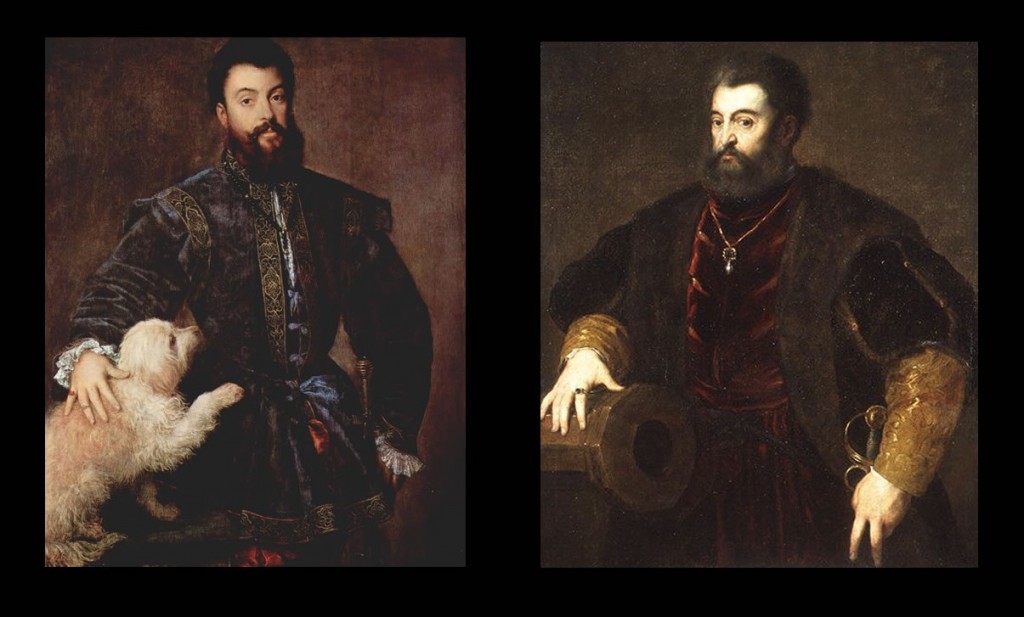
One of the weapons Alfonso d’Este provided to the German troops was a small canon known as a falconet, one of which shot and killed Giovanni de’ Medici.

After crossing the Po River, the imperial troops headed south to Rome, growing in number along the way, excited by the prospect of riches to be looted from the city of Rome.
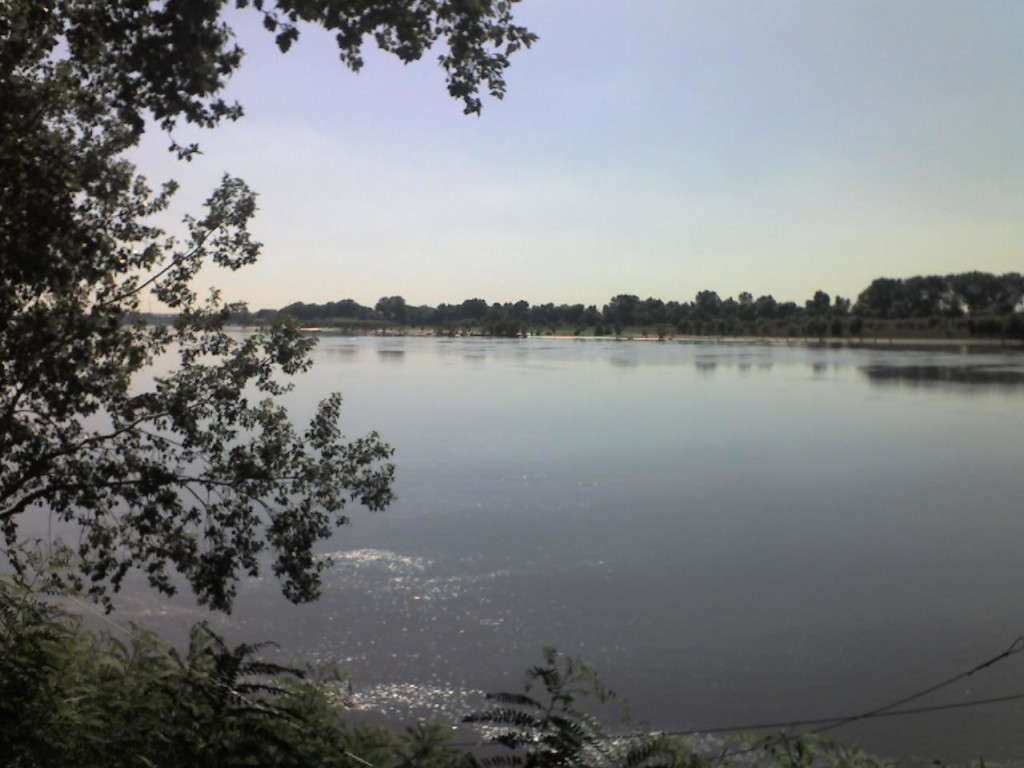
On 5 May, Bourbon and his armies camped in the fields of Monte Mario on the Janiculum hill, south of the walls of Rome
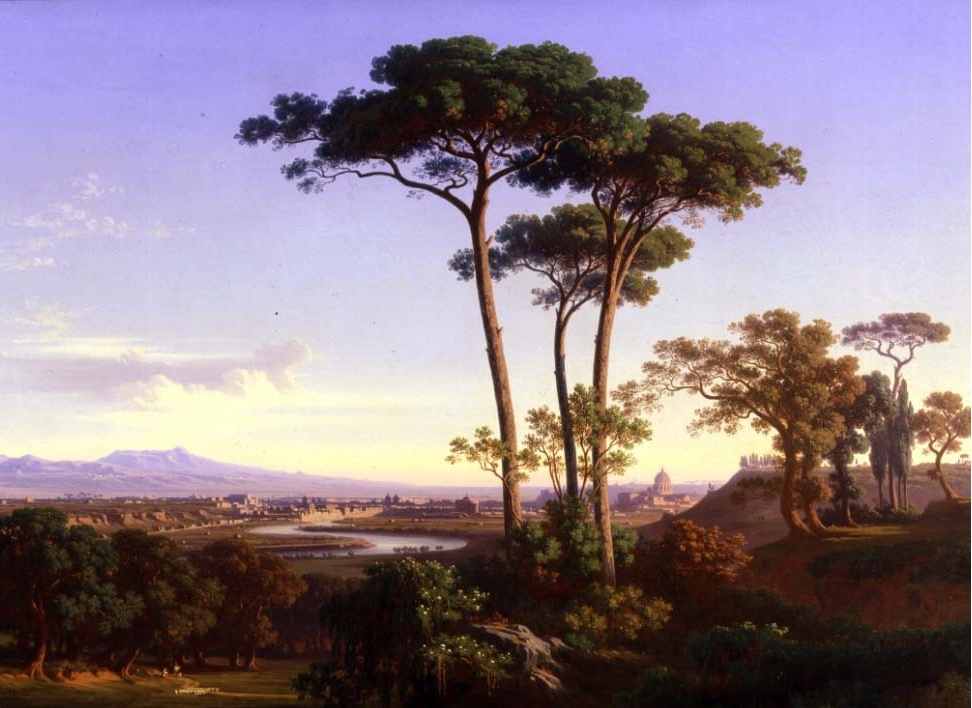
On the morning of 6 May 1527 at dawn around 35,000 imperial troops attacked Rome.
The city walls of Rome were old and crumbling…
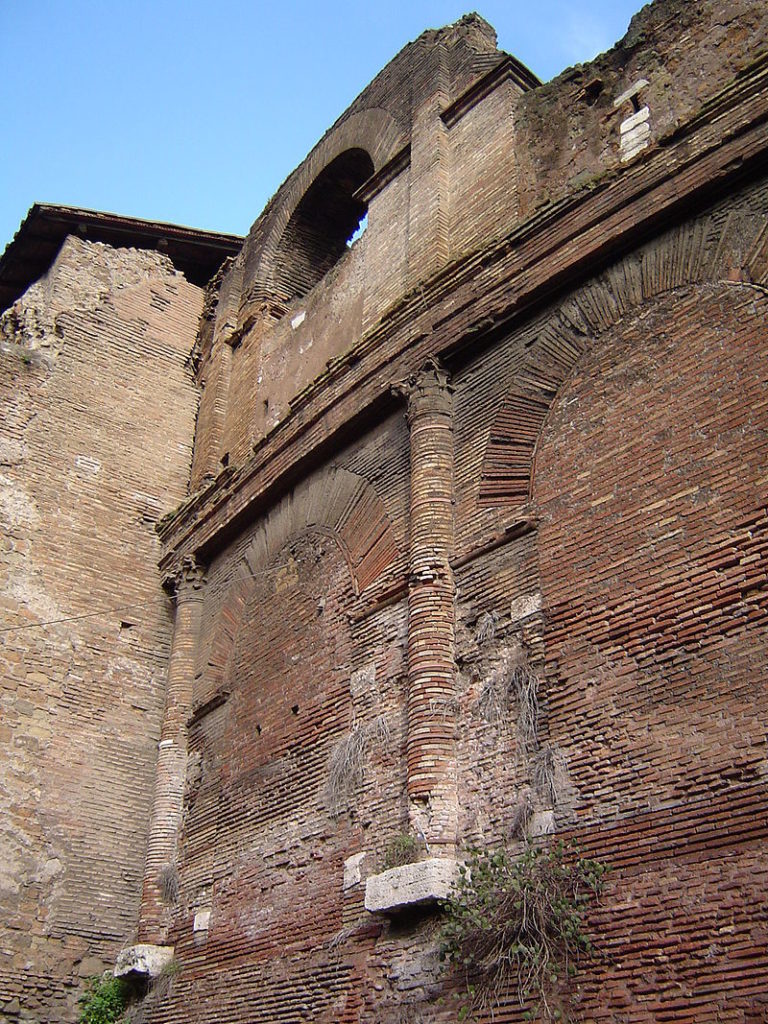
The attackers broke through at the walls on the north side of the city (upper-left corner of map):
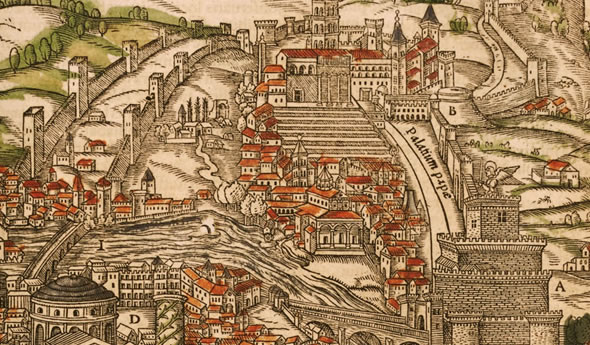
The Pope and all his Curia were forced to flee along the narrow connecting passageway known as the Passetto di Borgo, which connects the Vatican to the fortified Castel Sant’Angelo
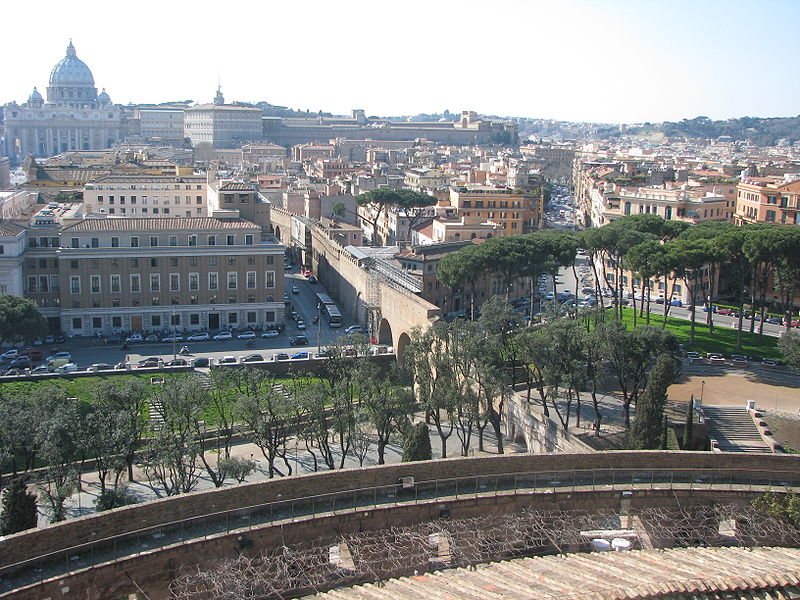
Thousands died in the bloodbath on the streets of Rome…

…while the pope remained a virtual prisoner within the Castel Sant’Angelo
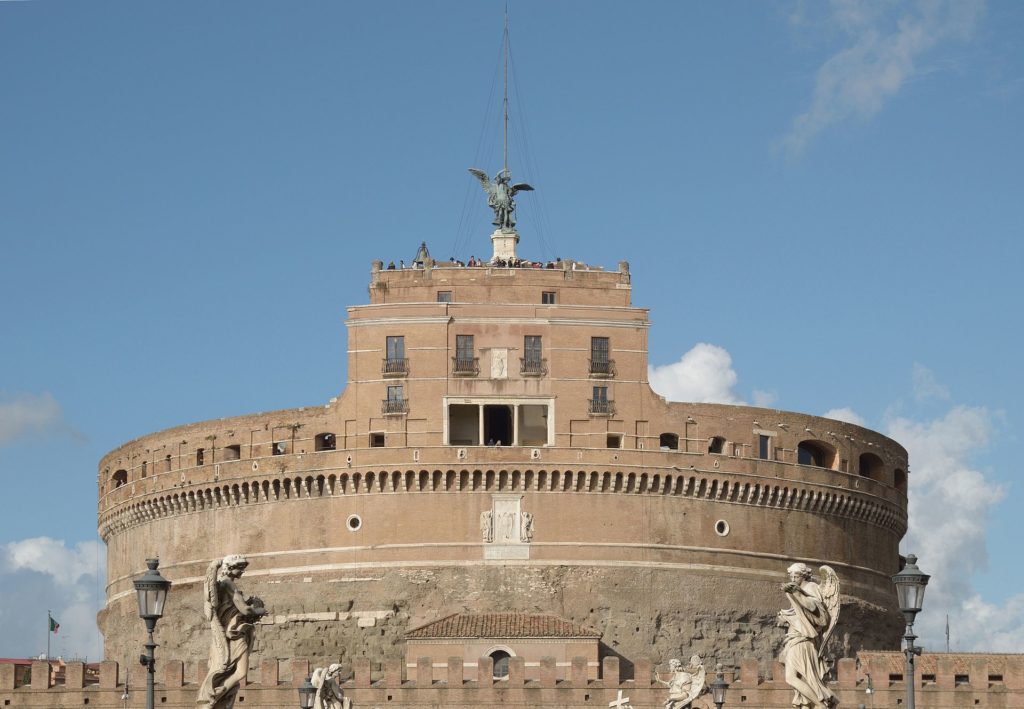
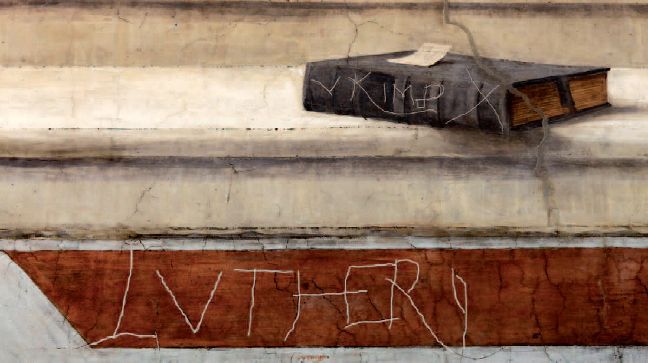
Traces of graffiti left by imperial troops on Raphael’s frescoes on the walls of the Sala della Segnatura in the Vatican

Thanks so much for the brief but fascinating piece of history. The web is indeed a sharp weapon…if used properly.